A non conducting device is connected in aseries circuit with a battery and a resistance.A current is found to pass through the circuit.If the polarity of the battery is reversed,the current drops to almost zero.The device may be
a p-n junction diode
an intrinsic semiconductor
a p-type semiconductor
an n-type semiconductor
The correct Answer is:A
To solve the question, we need to analyze the behavior of the non-conducting device in the circuit when the battery's polarity is reversed. Here's a step-by-step breakdown of the solution:
Step 1: Understand the Circuit Configuration
The circuit consists of a non-conducting device connected in series with a battery and a resistance. The current flows through the circuit when the battery is connected.
Hint: Consider what happens to current flow in a circuit when components are connected in series.
Step 2: Analyze Current Flow
When the battery is connected in a certain polarity, current flows through the circuit. This indicates that the non-conducting device must allow current to pass under this condition.
Hint: Think about the conditions under which current can flow through a device.
Step 3: Reverse the Battery Polarity
When the polarity of the battery is reversed, the problem states that the current drops to almost zero. This suggests that the non-conducting device does not allow current to flow when the battery is in this configuration.
Hint: Consider the behavior of semiconductor devices, particularly diodes, when their polarity is changed.
Step 4: Identify the Non-Conducting Device
The behavior described is characteristic of a PN junction diode. In a forward bias condition (when the battery is connected normally), the diode allows current to flow. However, when the diode is reverse biased (when the battery's polarity is reversed), it blocks current flow, leading to the observed drop in current.
Hint: Recall the functioning of a PN junction diode and how it operates under different biasing conditions.
Step 5: Conclusion
Based on the analysis, the non-conducting device that fits the description is a PN junction diode. Therefore, the answer to the question is that the device may be a PN junction diode.
Final Answer: The device may be a PN junction diode.
The circuit consists of a non-conducting device connected in series with a battery and a resistance. The current flows through the circuit when the battery is connected.
When the battery is connected in a certain polarity, current flows through the circuit. This indicates that the non-conducting device must allow current to pass under this condition.
When the polarity of the battery is reversed, the problem states that the current drops to almost zero. This suggests that the non-conducting device does not allow current to flow when the battery is in this configuration.
The behavior described is characteristic of a PN junction diode. In a forward bias condition (when the battery is connected normally), the diode allows current to flow. However, when the diode is reverse biased (when the battery's polarity is reversed), it blocks current flow, leading to the observed drop in current.
Based on the analysis, the non-conducting device that fits the description is a PN junction diode. Therefore, the answer to the question is that the device may be a PN junction diode.
Similar Questions
A semiconducting device is connected in a series circuit with a battery and a resistance.A current is found to pass through the circuit .If the polarity of the battery is reversed, the current drops to almost zero.The device may be
View SolutionA semiconducting device is connected in a series circuit with a battery and a resistance.A current is found to pass through the circuit .If the polarity of the battery is reversed, the current drops to almost zero.The device may be
View SolutionIn the given circuit,
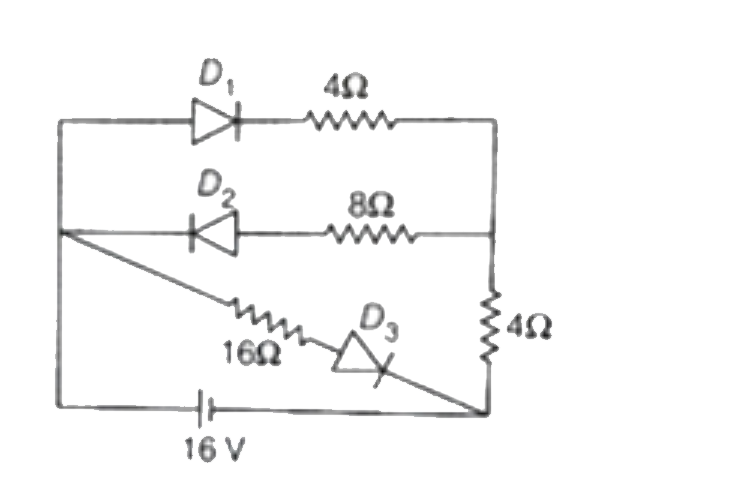
the current through the battery isView SolutionIn the circuit shown, the current flowing from the battery is
 View Solution
View SolutionFind current which is passing through battery.
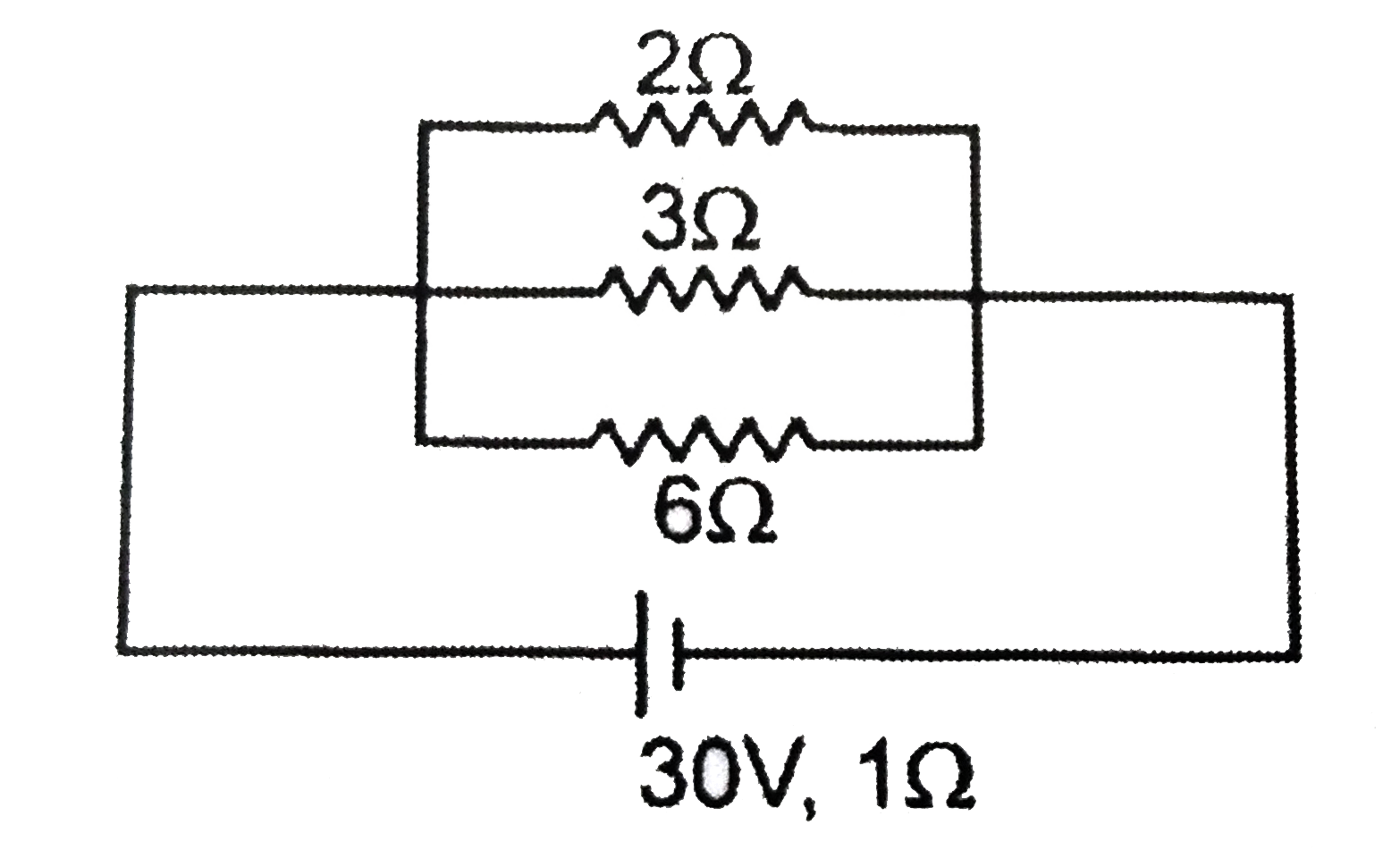 View Solution
View SolutionThe total current supplied to the circuit by the battery is
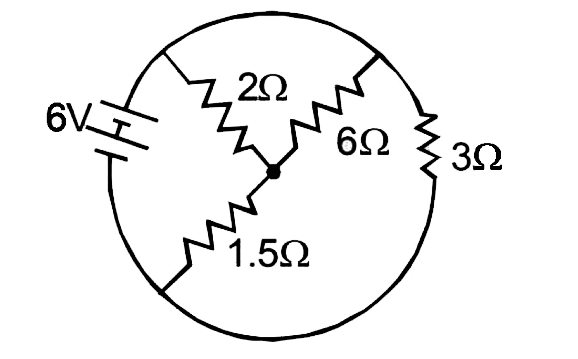 View Solution
View SolutionThe total current supplied to the circuit by the battery is :
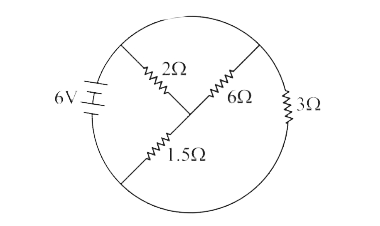 View Solution
View SolutionThe current through the battery shown in the circuit is
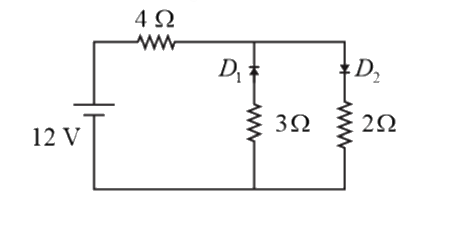 View Solution
View SolutionA 50V battery is connected across a 10 ohm resistor. The current is 4.5A is flowing through the resistor then the internal resistance of the battery is
View SolutionA bulb is connected to a battery of p.d. 4 V and internal resistance 2.5 Ω. A steady current of 0.5 A flows through the circuit. Calculate :
the resistance of the bulb,View Solution

